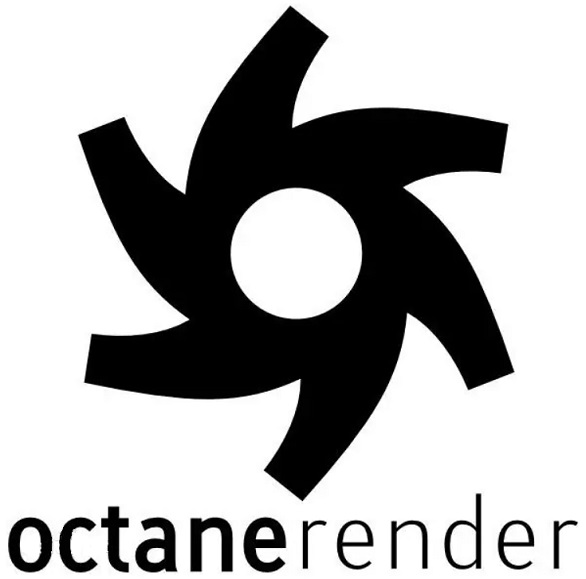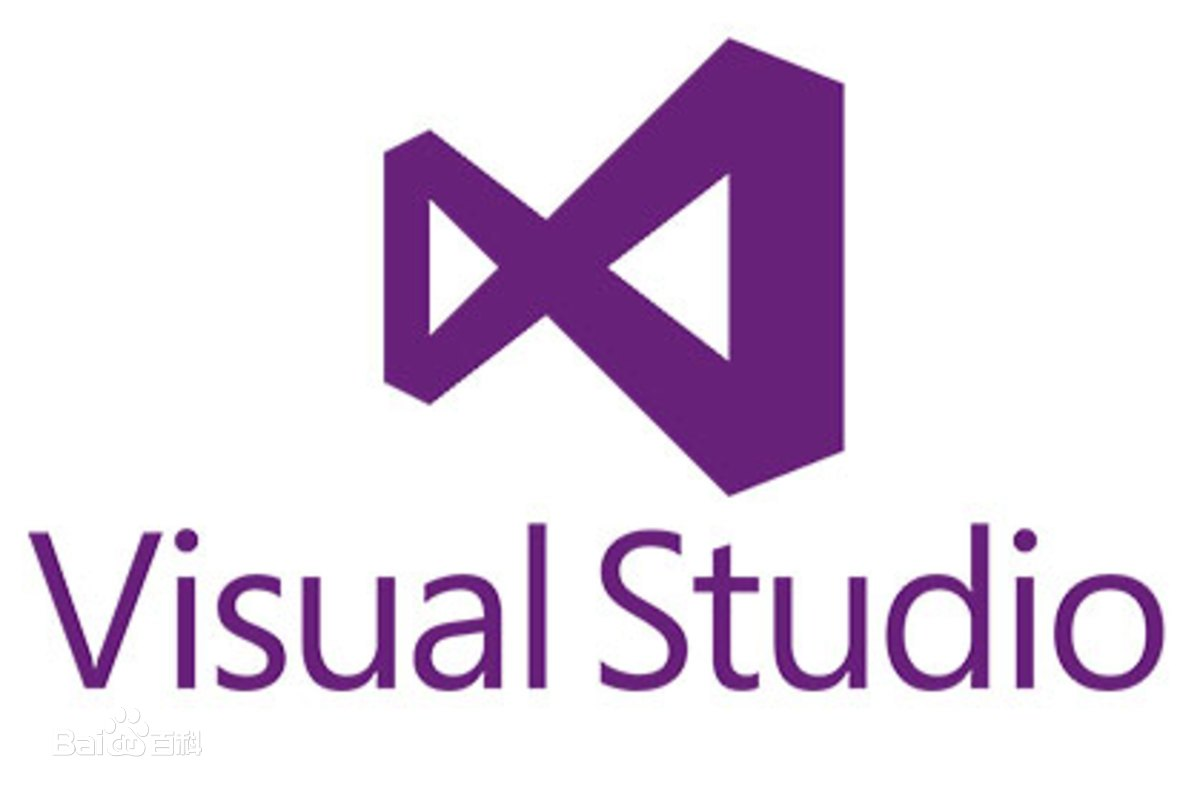When using Xshell for remote operations, many users pursue interface aesthetics and user comfort, especially when multitasking or writing long scripts, a clear and comfortable terminal interface is particularly important. One of the common questions is: What should I do if the Xshell background is transparent? Or, how to adjust the background color of Xshell? These are not just visual issues, but may also affect actual usage efficiency.
1гҖҒ What should I do if Xshell background is transparent
Xshell supports a certain degree of background transparency, but this setting is hidden quite deeply and is also related to system compatibility and GPU settings. If you encounter the problem of Xshell background transparency, whether you want to turn transparency on or off, or if transparency is too high and makes it difficult to see the content clearly, the following content can help you solve it.

1. The reason for the background becoming transparent
(1) The user accidentally enabled the 'Window Transparency' setting;
(2) Using terminal themes with high transparency;
(3) Xshell and Windows desktop combination effect conflict;
(4) Some system themes, such as Windows' high contrast mode, affect the rendering of the terminal.
2. How to turn off or adjust transparency
The method to solve transparent backgrounds is very simple, just adjust the appearance settings of Xshell:
The operation steps are as follows:
(1) Open Xshell;
(2) Click on [File]>[Properties] in the top menu bar;
(3) Select 'Appearance' on the left side;
(4) Find the 'Window Transparency' slider;
(5) Drag the slider to "0%" or the transparency you want;
(6) Click [OK] to save the settings.
This way, you can turn off the background transparency effect or set the appropriate transparency according to your preferences.
3. The situation where transparency cannot be turned off
Sometimes even if 0% transparency is set, the window still feels white, which may be due to the following reasons:

(1) The old version of Xshell is not compatible with the system (it is recommended to upgrade to the latest version);
(2) GPU rendering conflict: attempting to turn off hardware acceleration;
(3) Desktop effects impact: Turn off Aero effects or "transparency effects" in Windows settings.
Turn off Aero effect:
(1) Go to гҖҗ Settings гҖ‘>гҖҗ Personalization гҖ‘>гҖҗ Color гҖ‘;
(2) Turn off the 'Transparent Effect' switch.
2гҖҒ Xshell background color adjustment method
In addition to transparency, background color also has a significant impact on visual comfort. The default black background with white text may not be suitable for everyone. Some people prefer night mode, while others prefer light colored backgrounds. Xshell provides flexible background color settings that can be adjusted as needed.
1. Steps for changing the background color
(1) Open Xshell;
(2) Enter the session you are currently using;
(3) Click on [File]>[Properties];
(4) Select 'Appearance' on the left side;
(5) Click the "Edit" button on the right side of the "Color Scheme";
(6) Click on the "Background" color box in the pop-up window and select your favorite color;
(7) You can also modify the "text color", "cursor color", "selected area color", etc;
(8) After modification, click [OK], return to the property window, and then click [Apply].
In this way, the background color of the entire terminal will change to the way you set it. Recommend using low brightness blue gray or dark purple, which is more eye friendly when used for a long time.
2. Use custom theme schemes
You can save your favorite color scheme as a theme scheme and switch between different sessions using the following method:
(1) After setting the color, click [Save As];
(2) Name this color scheme, such as' Dark at Night ';
(3) Afterwards, when creating a new session, simply select the color scheme in the 'Appearance' section.
3. Recommended color scheme (reference)

These colors can be manually set or imported with the help of Xshell community color files.
4. Use command-line color matching debugging
For developers who are accustomed to using Vim or Nano, background color settings also affect code highlighting. The impact of different terminal color schemes on code readability can be tested, for example:

Visualize and contrast highlighting effects with color schemes to find the most suitable terminal experience for you.
3гҖҒ Additional skills to enhance the visual experience of terminals
Tip 1: Adjust font size and type
The color scheme looks good, and the font cannot be careless:
(1) Recommended fonts: Consolas, UbuntuMono, FiraCode (supporting ligatures);
(2) Suggest setting the font size to 12-14;
(3) You can set it in Xshell гҖҗ Options гҖ‘>гҖҗ Terminal гҖ‘>гҖҗ Appearance гҖ‘.
Tip 2: Enable anti aliasing and clear rendering

If the text appears blurry, it is recommended to check the "Enable Smooth Font" option, as the system font rendering can also optimize the terminal appearance.
Tip 3: Use transparent and frosted glass effects (advanced)
The latest version of Xshell supports a frosted glass effect that blends with the Windows desktop background. You can select the "Enable Acrylic Background" option in the transparency settings, which looks similar to Visual Studio Code and enhances the overall visual experience.
The background transparency and color settings of Xshell are not only a means of beautifying the interface, but also greatly improve your efficiency and operational comfort. If you encounter "What should I do if Xshell background is transparent", you can turn it off by adjusting the transparency slider; To optimize the visual experience, the "Xshell Background Color Adjustment Method" can make the terminal more in line with your usage habits.
After mastering these settings, not only can Xshell be more aesthetically pleasing, but it can also be used more efficiently and easily. If you haven't adjusted it yet, why not give it a try and create your own terminal style!









